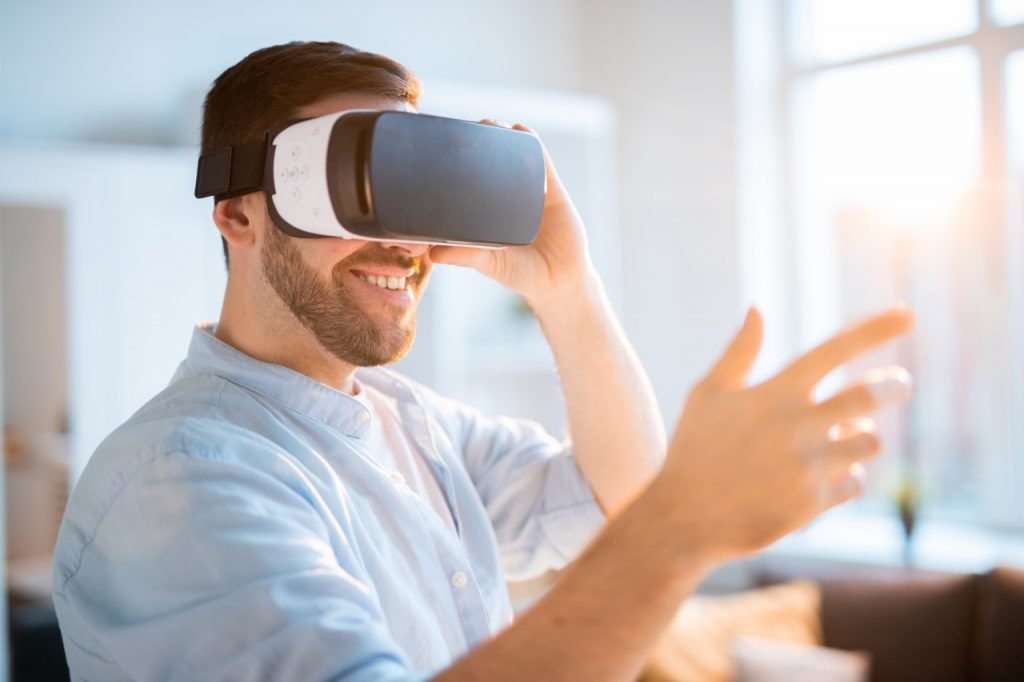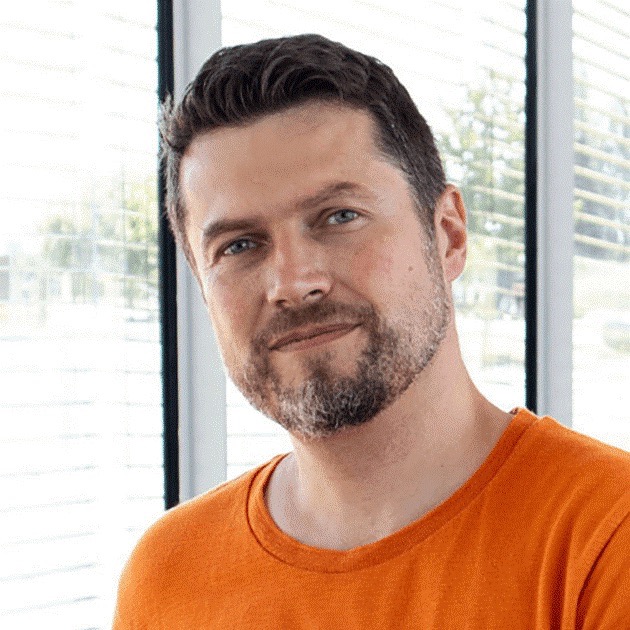Creal: A radically new way of subjective refraction

AR glasses and subjective refraction
Interview with Dr. Tomas Sluka
A new type of technology, the so-called light-field display, was developed to enable a completely new type of subjective refraction in future. Originally, the technology was only intended for the development of smart glasses, but in the process the focus of the young company shifted towards subjective refraction first. MAFO spoke with the developer and CEO Dr. Tomas Sluka about how this change came about and what potential the technology offers.
CREAL was founded in 2017. Can you explain briefly how the idea came about to establish this company?
It started in 2012 when the first consumer virtual reality goggles started appearing. While trying them I found a horrible kind of eye strain in them. I realized the reason quickly: all those glasses have a display with a fixed focal plane and therefore the eyes are stimulated wrongly. I knew instantly that if this problem was not solved, they would never work for me.
I found that the same problem affects a lot of people. Around 10% or 20% of people really cannot handle it and most people feel somehow sick ‒ not from motion sickness − but from the wrong visual stimulus that causes an accommodation conflict.
So, I started looking into research papers, patents and the industry but I didn’t see any practical solution. I got my own idea that looked more viable to me. Then I made a display prototype at home, which worked better than I expected. This was the moment I said: okay, I will submit a patent, and I will start a company because this technology is a solution to a huge problem.

What kind of problems do you solve?
We basically eliminate two key problems. One is called vergence-accommodation conflict. It is about how the two eyes perceive depth and how each single eye perceives depth. If you have a conflict here, the brain evaluates it like seasickness.
The second problem is called a focal rivalry. This means for example, that if I want to touch some virtual object with my hand, but my hand and the object are at a different focal distance, then the eye has to change focus between the finger and the object in my hand. You can´t see both objects next to each other. And the third challenge is the prescription correction. With our AR display, we can fix all of these problems. We integrate our display i n the temple of the glasses and make it work with any lens − also exactly the one you have right now. Then we layer a holographic film on it to realize the augmented reality.
You also want to revolutionize subjective refraction. How did that come about?
At the beginning there were no thoughts on vision care, but it turned out later that it was an almost inevitable consequence because the display can provide digital version of lens-based instruments. Then we understood that we can do a refraction testing instrument with the display. Our early bulky prototype, an evaluation kit, became the first thing we started delivering to vision care companies for testing.
What is the advantage for the subjective refraction?
It doesn’t depend on physical lenses unlike any other existing refraction method, that is limited by a set of lenses or a variable lens. The main difference to all other existing technologies is that the display can replicate the lens purely digitally. We just upload its shape in the software and you will see exactly what you would see through the physical lens ‒ but in a digital environment.
Furthermore, the display does not only project the real 3D world and real lenses. We can display whatever we want, like spaceship cockpit seen through an ideal progressive lens for example. It is also possible to show a comparison between high quality progressive lenses and low-quality progressive lenses for example. This way, we can improve the buying experience for customers tremendously.

Your technology allows patients to control the system themselves. Where do you see the distribution channels?
The first prototype is operated by the patients themselves. They have a clicker and they select what looks the sharpest to them − the different corrections are shown next to each other or in a certain mixed form. Now, as you still need an expert to explain and guide you through the process, we plan to deploy it first at opticians and ophthalmologists, who are responsible for vision testing, depending on the countries regulations.
However, the general idea is to make vision testing much more accessible. You can imagine that once the device is automated and fully certified as an automated instrument it will be the moment it can be deployed at schools, workplaces, small shops that currently can’t afford optometrist service.
Thank you for the interview.

